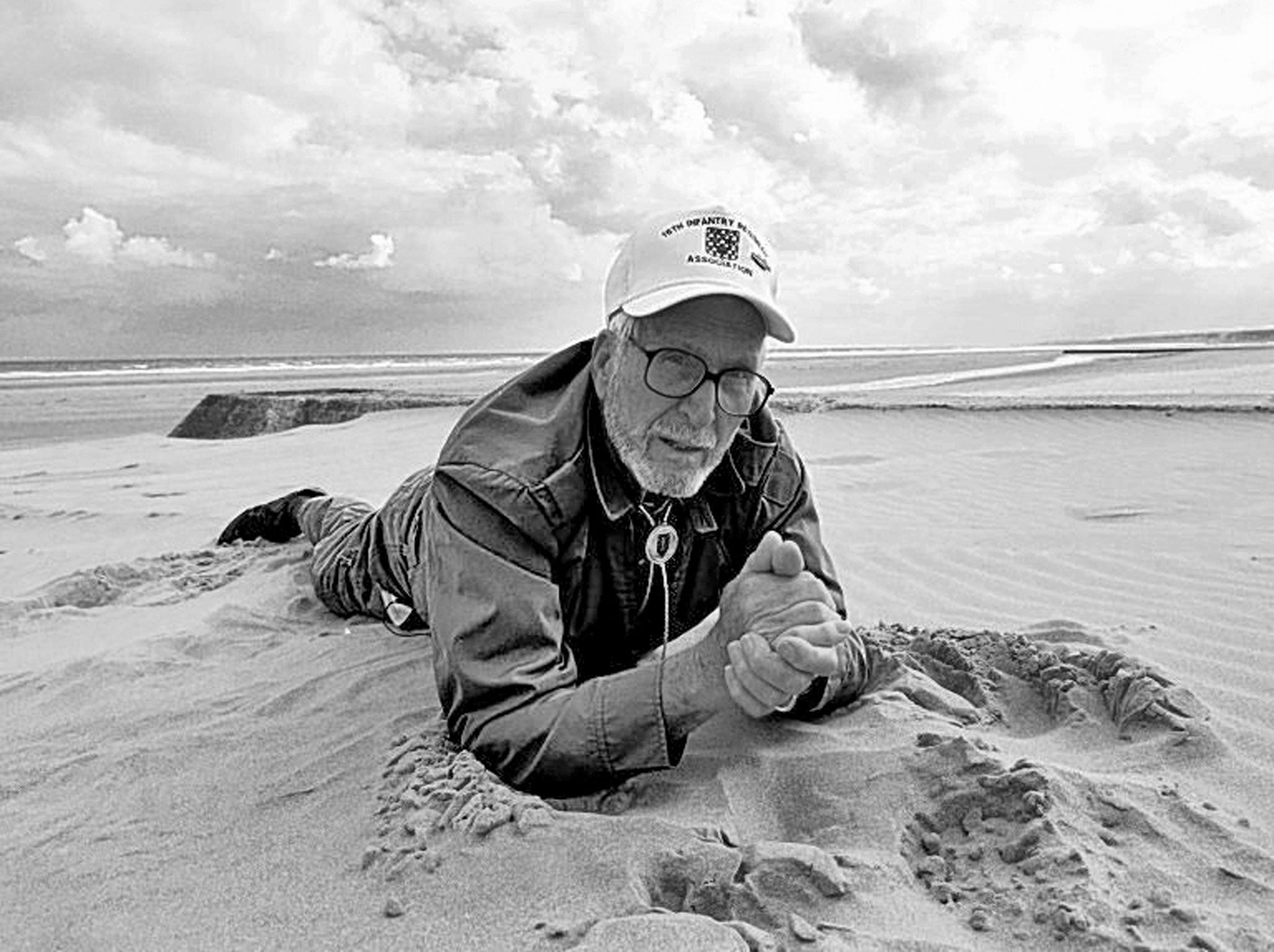Major-General Logan Scott-Bowden: Royal Engineer who carried out perilous reconnaissance work on the beaches of Normandy in the run-up to D-Day

Rarely can the hopes and fears of generals and admirals across the Western world have so closely depended on one man's prowess, as they did in 1944 on the physical and mental agility of Logan Scott-Bowden.
The secret expedition with which the young Royal Engineers officer was entrusted had to work if the Allies were to go ahead in June 1944 with Operation Overlord, the invasion of German-occupied Europe. The reconnaissance had been personally planned by Winston Churchill, advised by the team of scientists and combined-operations military staff he favoured.
Above all the 24-year-old sapper captain and his trusty sergeant had to avoid getting caught, or even noticed, so as to give the enemy no clue about potential landing sites. The plan owed much to the work of the crystallographer JD Bernal, by whose techniques the Allies meant to find out whether the French sand and whatever lay beneath was firm enough to support 30-ton American Sherman tanks.
The two good swimmers, who had trained at Hayling Island as part of Louis Mountbatten's Combined Operations Pilotage Parties, or "Copp", set off in a Motor Torpedo Boat from Gosport, Hampshire, on a night with no moon and headed for the heavily fortified Normandy coast. It was New Year's Eve 1943 and Churchill's fertile imagination envisaged the enemy consumed by jollity, oblivious to cunning British agents creeping up his beach.
A quarter of a mile from the shore Scott-Bowden and Sergeant Bruce Ogden-Smith, each armed with only a waterproof Colt .45 automatic pistol and a commando knife, swam to land at what would be Gold Beach, by the resort of Luc-sur-Mer. They had been offered cyanide capsules, so dangerous was the trip, but both had refused. They carried pocketed bandoliers, and for overflow samples, condoms to fill.
Their digging tool was an auger, designed by Donald Campbell for a speed trial on sand in the 1930s, with its spring mechanism adapted to be noiseless. As they worked a sentry came close and searchlights probed the scene. On leaving, they had to negotiate waves sweeping them back to shore; they signalled with infra-red torches in order to be picked up.
More missions followed. The Prime Minister and Generals Eisenhower and Bradley wanted to know about the other beaches – Sword, Juno, Utah, and the trickiest of all, Omaha, which presented a high bluff to be scaled beyond the sand. Scott-Bowden and Ogden-Smith reconnoitred Omaha in January, based for four days in a midget X20 submarine, emerging at night.
When Scott-Bowden was summoned to speak to a dozen admirals and generals at Norfolk House in London's St James's Square, he had a simple message for Bradley: "Sir, I hope you don't mind me saying it, but this beach [Omaha] is a very formidable proposition indeed and there are bound to be tremendous casualties." Bradley replied, "I know, my boy, I know" – but Omaha was the only usable beach between Utah and Gold. The conversation is reported in Antony Beevor's book D-Day (2009).
As D-Day approached, Eisenhower approved Scott-Bowden and Ogden-Smith as pilots for the American assault on Omaha. The two went in separate boats, Scott-Bowden's crew a US Navy lieutenant and two US sailors.
He advised the Americans that the craft carrying the tanks should launch them closer to shore than envisaged because the sea was rougher than expected. But the craft stopped 5,000 yards out to disgorge the "swimming" Duplex Drive (DD) Shermans. Of 32 tanks of the US 741st Tank Battalion launched off Omaha, only five got as far as testing their weight on the sand he had surveyed.
Meanwhile, his warning to Bradley was coming true before his eyes. The US Army Air Corps' support bombing had failed to disable the German guns guarding the half-dozen routes up the 150ft-high bluff, and on the beach below American troops were dying in their hundreds. He was to learn only later how triumphant the rest of the landings, carried out according to his survey, proved to be. Churchill ordered that he and Sergeant Ogden-Smith be decorated, Scott-Bowden receiving the Distinguished Service Order and Military Cross.
He had attended the Royal Military Academy, Woolwich, before being commissioned into the Royal Engineers in 1939 and serving in the Norway campaign of 1940. After D-Day he lead 17 Field Company Royal Engineers across North-west Europe. After Staff College he served in Singapore, Burma – as Brigade Major of 98 Indian Infantry Brigade – and in Palestine, Libya and Korea until 1953. He was promoted Lieutenant-Colonel in 1959.
He served with the British Army of the Rhine and as Head of UK Land Forces Planning Staff, and was Assistant Director of Defence Plans at the Ministry of Defence. He commanded the Royal Engineers' Training Brigade, and in 1969 was called back from the National Defence College, India, to raise and take charge of the Ulster Defence Regiment as its first Commander. He sought to recruit from all sections of the community, and made an appeal on television, staying until 1971. He was then Head of the British Defence Liaison Staff, India until he retired in 1974, after which he was Colonel Commandant, Royal Engineers, until 1980.
Logan Scott-Bowden, soldier: born Whitehaven, Cumbria 21 February 1921; DSO 1944, MC 1944 and Bar 1946, OBE 1964, CBE 1972; married 1950 Helen Jocelyn Price (died 2010; three daughters, three sons); died Ewelme, Oxfordshire 9 February 2014.
Join our commenting forum
Join thought-provoking conversations, follow other Independent readers and see their replies
Comments
Bookmark popover
Removed from bookmarks